Nara-machi Temple and Shrine Stamp Rally Map (Reproduced old map of the Edo Period)
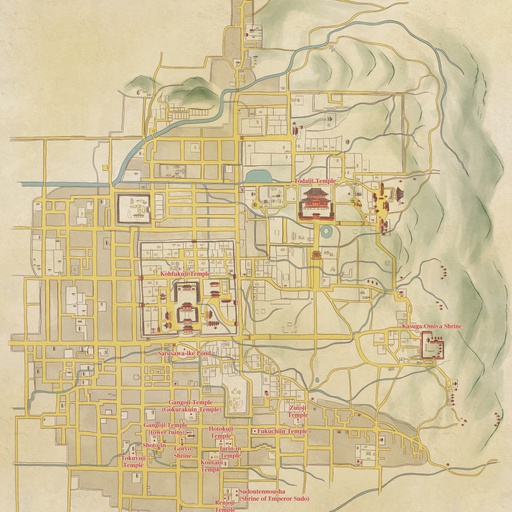
A sightseeing map of the Nara-machi area in Nara Prefecture is available on a reproduction of an old map from the Edo period as a demonstration experiment conducted by the Nara Promotion Council for Utilization of Cultural Properties in Western Japan Wide-area Tourism Cooperation, utilizing the Japan Tourism Agency's "FY2022 Project for Creating Regionally Profitable Signboard Products Using Unique Regional Tourism Resources". On the map, visitors can conduct a digital stamp rally using GPS to visit temples and shrines spots in the Nara-machi area.
 Posted by西日本広域観光連携文化財活用奈良推進協議会Updated:
Posted by西日本広域観光連携文化財活用奈良推進協議会Updated: All spots information
7 spots
 temples and shrines
temples and shrines
Sudotenno-sha Shrine
![]() temples and shrines
temples and shrines
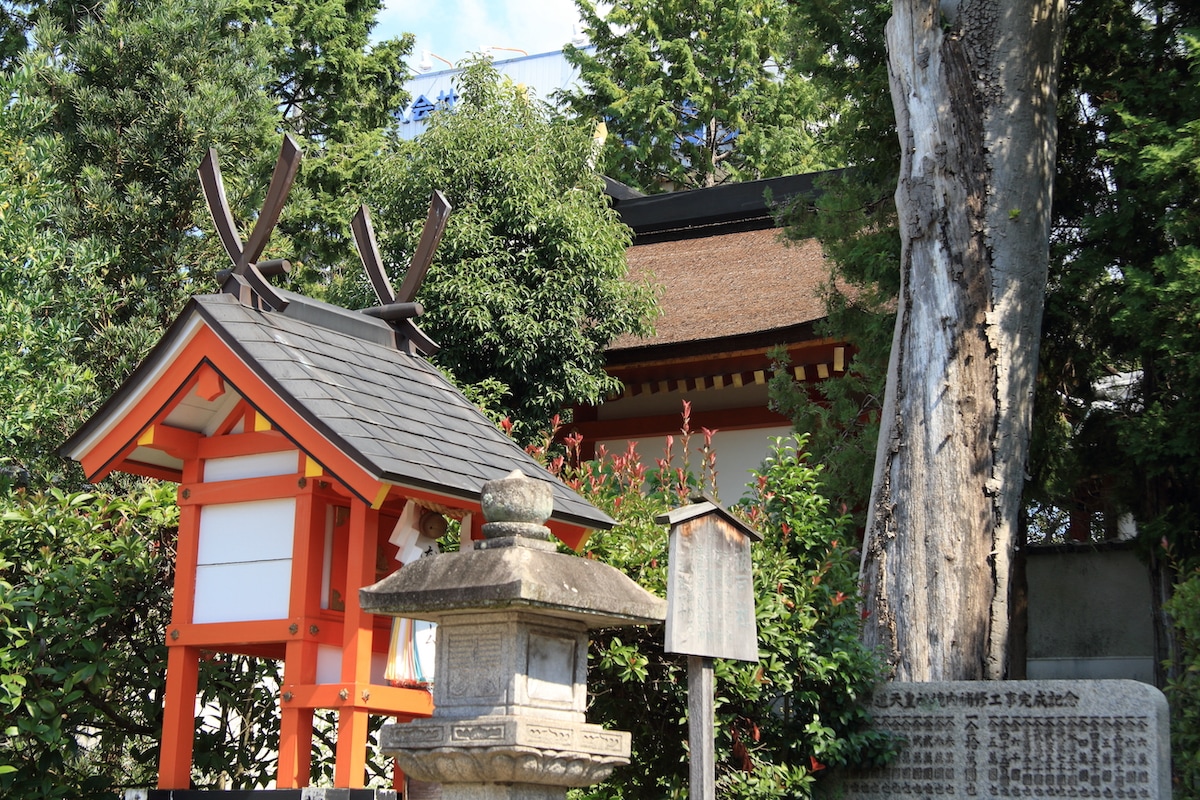
40 Nishikidera-cho, Nara city, 630-8307 Opening hours: 7:00 a.m. - 4:30 p.m.Reception at the shrine office: 9:00 a.m. - 4:30 p.m. Mondays (Tuesdays if the Monday is a national holiday, but the gate may be open on certain days for festivals, etc.) https://sudoutennousha.jimdofree.com/ This shrine was built in 806 AD by imperial order of Emperor Heizei. This is a shrine where Imperial Prince Sawara is enshrined.Emperor Heizei was ordered to read the Diamond Sutra for seven days in spring and autumn in order to repose the soul of Emperor Sudo (Imperial Prince Sawara). This is said to be the origin of Ohigan.The current main hall was relocated from Kasuga Wakamiya Shrine in 1623 AD, and is designated as a national important cultural property as the oldest existing Kasuga shrine.
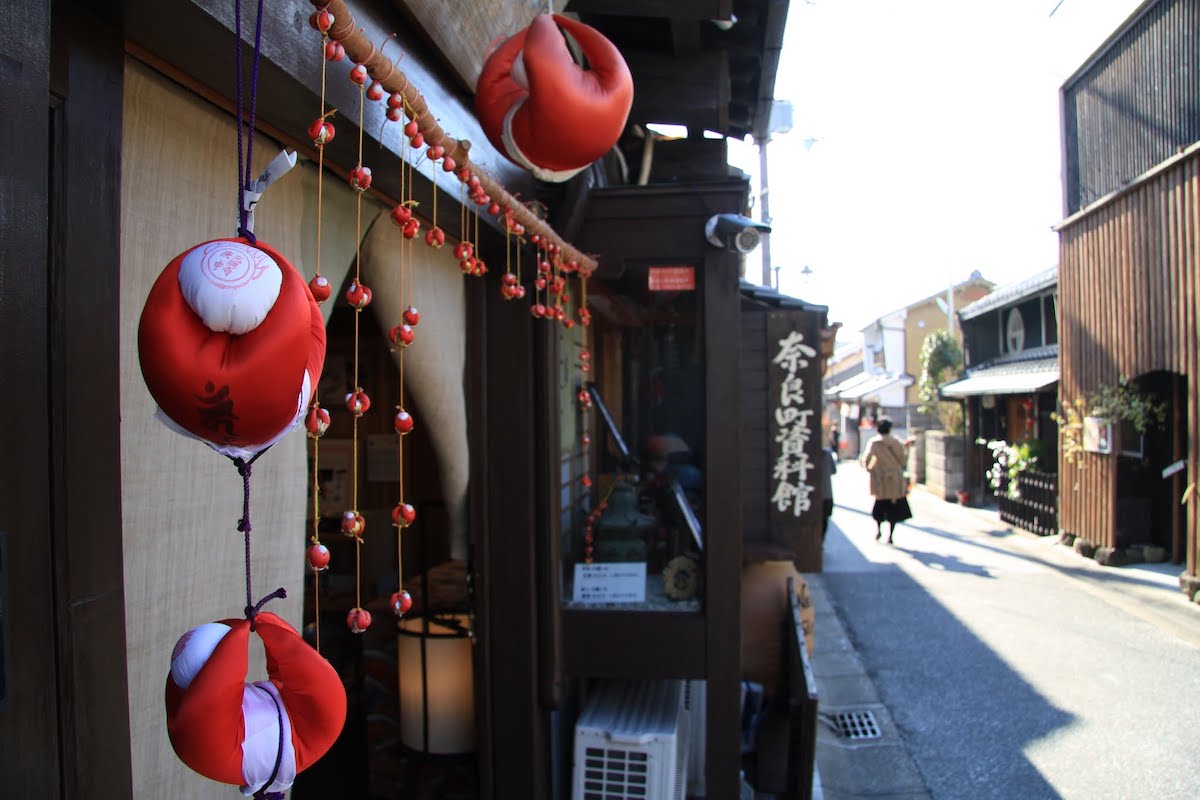
Nishinoshinya-cho, Nara city, 630-8334 Free viewing https://narashikanko.or.jp/en/spot/temple/koshindo/ Koshindo is located in the center of Naramachi and is a base for Koshin worship in Nara, where a blue-faced Kongo statue called ``Koshin-san'' is enshrined.This amulet in the shape of a monkey, one of Koshin's servants, is hung from the eaves of houses in Naramachi as a talisman. This amulet is called the ``Substitute Monkey'' because it can receive disasters on your behalf.
Gangoji Temple
![]() temples and shrines
temples and shrines
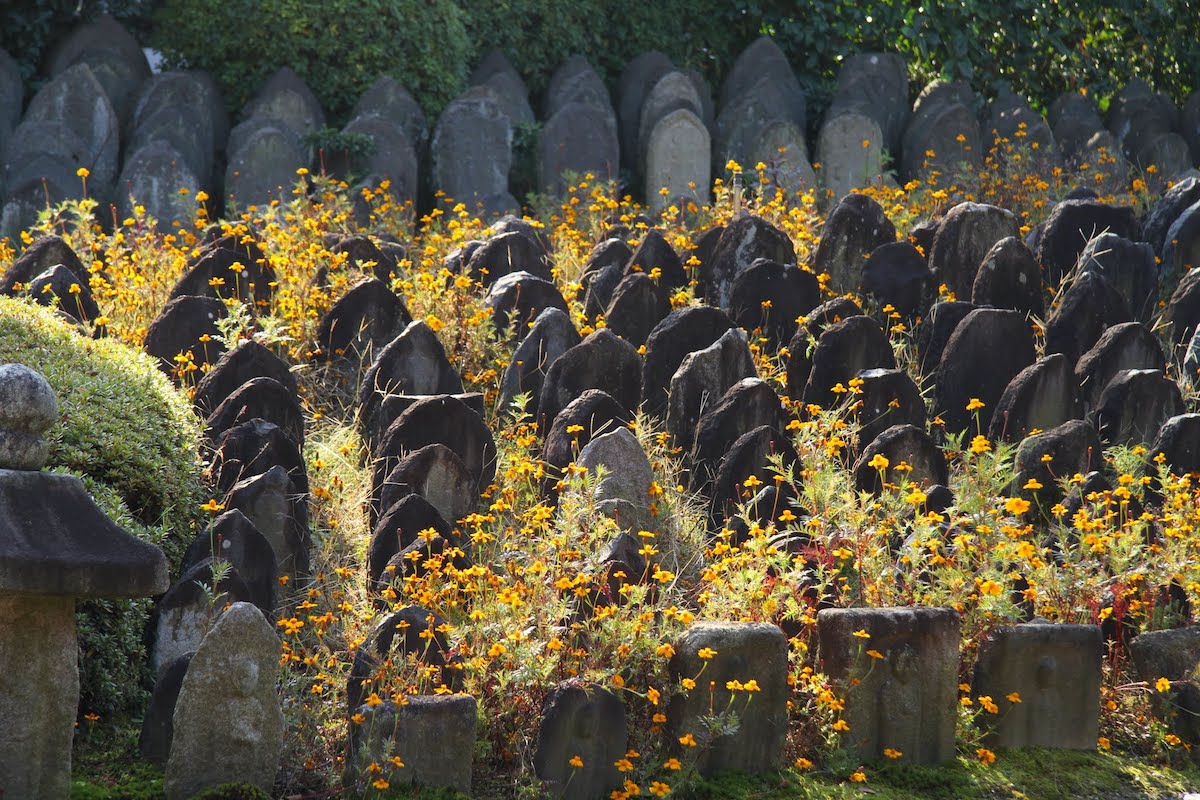
11 Chuin-cho, Nara city, 630-8392 9:00 AM to 5:00 PM (However, introductory admission is until 4:30 PM) Open all year round https://gangoji-tera.or.jp/en/ It is a world heritage temple whose predecessor was Hoko-ji Temple, which was built in Asuka by Soga Umako, and was moved to Nara with the transfer of the capital to Heijo-kyo.It was once a large temple that boasted seven halls, and the entire current Naramachi area was said to be within its precincts.Many valuable cultural properties remain, including national treasures such as the main hall and Zen room, where tiles from before the Nara period called ``gyoki-buki'' still remain on part of the roof, and a small five-storied wooden pagoda from the Nara period. It is one of the representative temples of the ancient capital of Nara.
Jurin-in Temple
![]() temples and shrines
temples and shrines
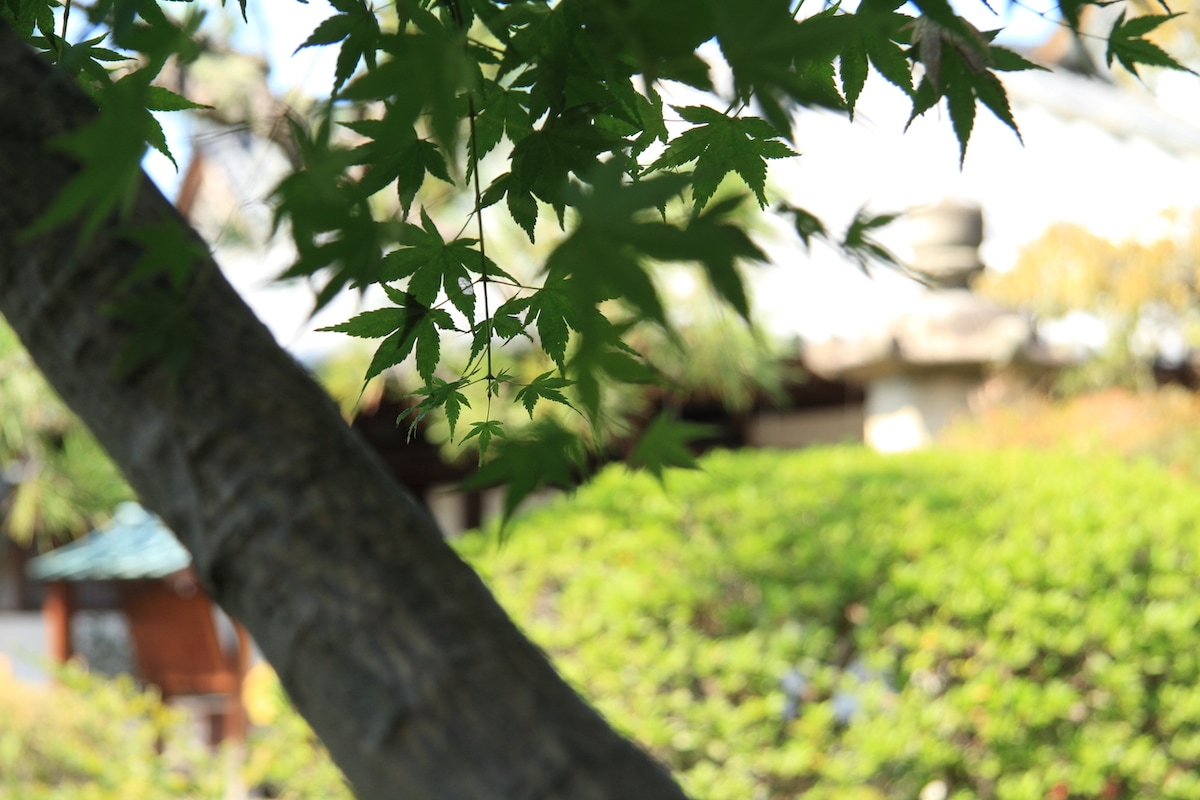
27 Juriin-cho, Nara city, 630-8312 10:00 a.m. - 4:30 p.m.Morning service = 8:30 a.m. - 9:20 a.m. Mondays (Tuesdays if Monday is a national holiday),Dec. 28 - Jan. 5, Jan. 27 - 28, Jul. 31 - Aug. 31 https://www.jurin-in.com/outline.html The main hall is a national treasure, and was built in the early Kamakura period as a prayer hall for worshiping the stone Buddha niche at the back, and parts from the time of its construction remain.A niche is a zushi that houses a Buddha statue. Centered around the stone Jizo Bodhisattva, said to have been built by Kukai, the Buddha Buddha and Maitreya Bodhisattva are embossed in relief on either side. This stone Buddha is extremely rare in Japan and is an important cultural property of the country.The temple also has many attractions, including rare Buddhist statues such as the Five Kalpa Thoughts of Amitabha Buddha.
Fukuchiin Temple
![]() temples and shrines
temples and shrines
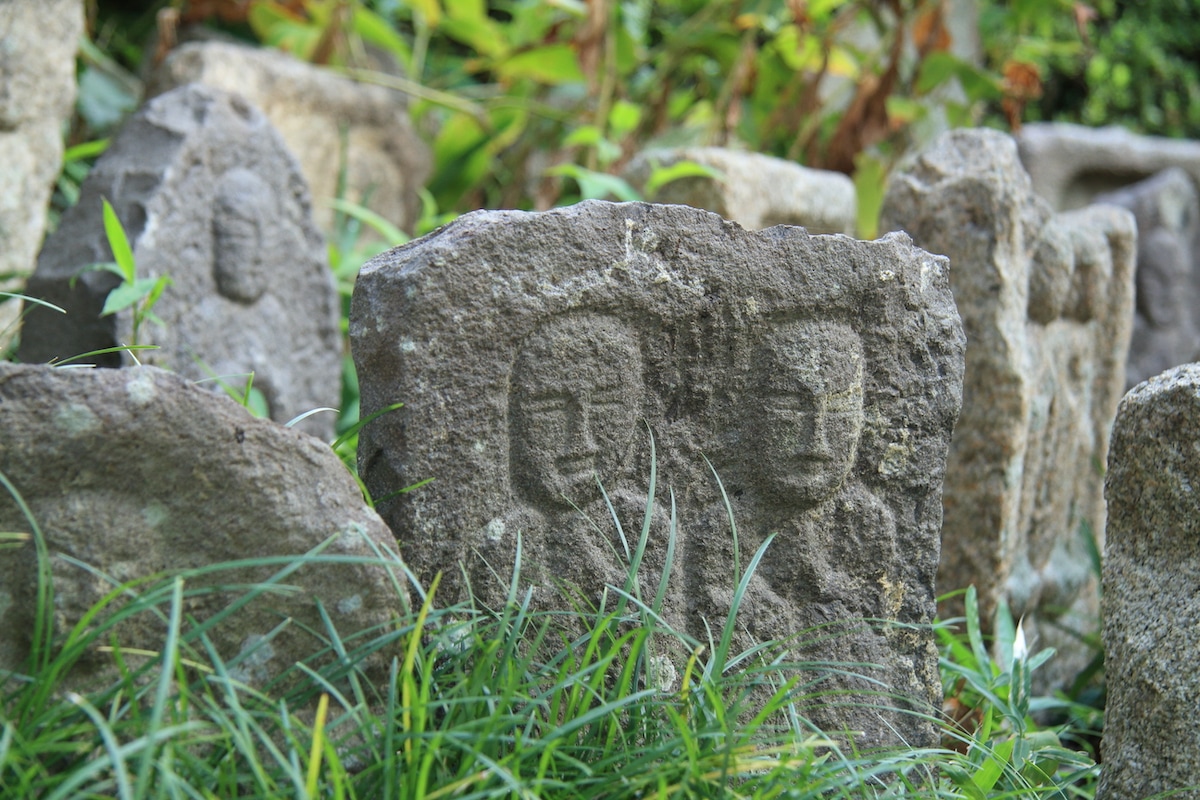
46 Fukuchiin-cho, Nara city, 630-8381 9:00 a.m. ~ 4:30 p.m. Irregular holidays https://narashikanko.or.jp/en/spot/temple/fukuchiin/ Its predecessor was a temple given to Genbo by Emperor Shomu in the Nara period, and it was rebuilt by Eison in the Kamakura period. The principal image of Jizo Bodhisattva and the main hall from the Kamakura period are designated as important cultural properties of the country.When the conditions are right, a rainbow-colored light appears on the wall behind the large boat-shaped halo carried by the main image of Jizo, which the chief priest says is one of the three wonders of Fukuchi-in Temple. Please visit and discover other wonders.
Tokuyuji Temple
![]() temples and shrines
temples and shrines
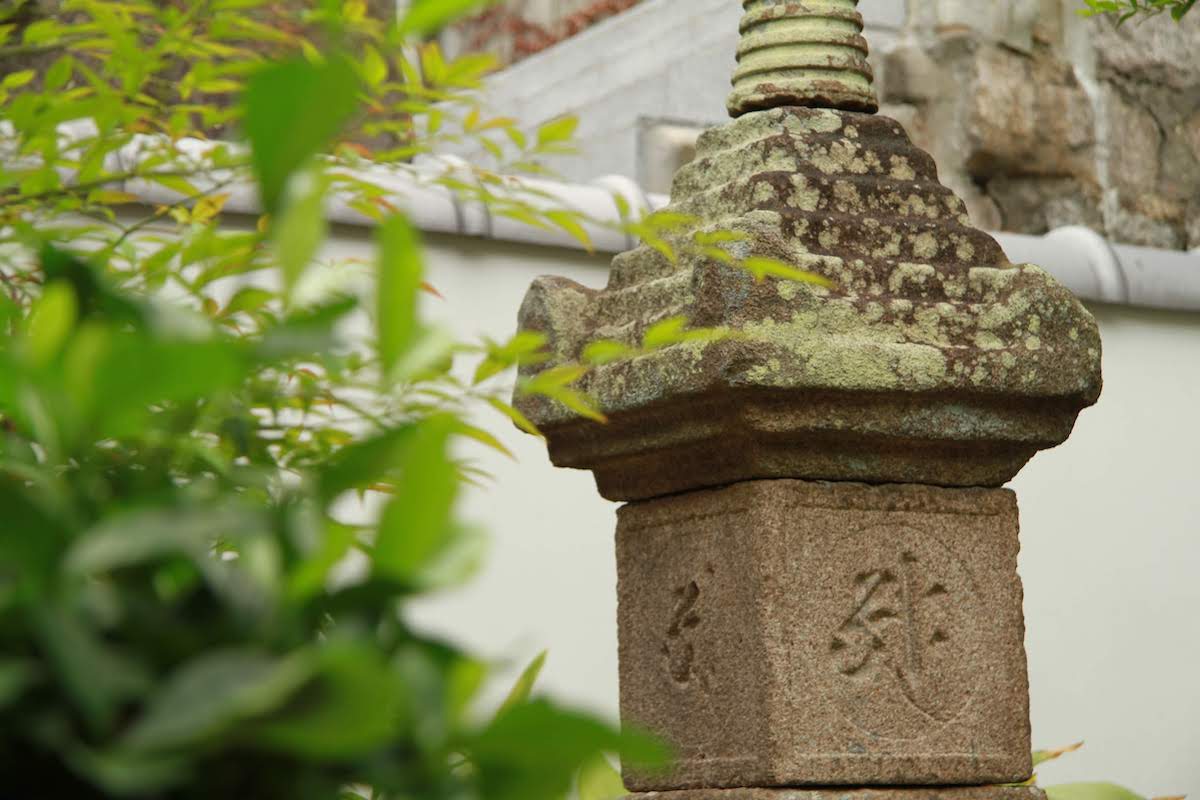
25 Narukawa-cho, Nara city, 630-8335 9:00 a.m. ~ 5:00 p.m. No regular holiday https://narashikanko.or.jp/en/spot/temple/tokuyuji/ It was originally a subsidiary temple of Gangoji Temple and was located in the north, but it was moved in 1590 AD after the Gangoji Temple disaster.The temple grounds are the former residence of Fujiwara Toyonari, the Minister of the Right, the father of Princess Chujo, who is the subject of joruri and kabuki plays. It is a temple connected to Princess Chujo, with memorial towers for Princess Chujo and Toyonari still remaining within the precincts.Nearby are Tanjo-ji Temple, which is said to be the birthplace of Princess Chujo, and Kobayashi-ji Temple, where the wooden statues of Toyonari and his son are enshrined, so why not visit them as well?
Goryo Shrine
![]() temples and shrines
temples and shrines
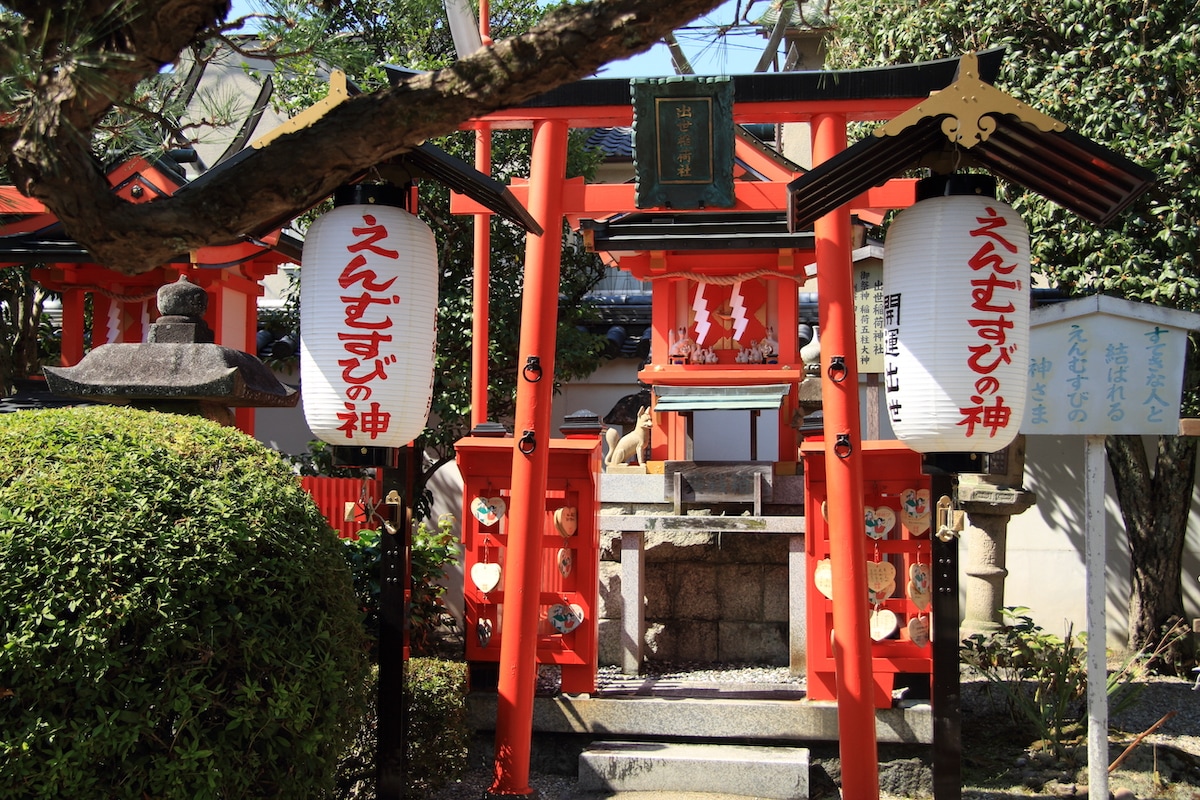
24 Yakushido-cho, Nara city, 630-8321 Opening hours: 8:00 a.m. - 4:30 p.m. Reception hours at the shrine office: 9:00 a.m. - 4:00 p.m. https://naramachigoryojinja.amebaownd.com/ This shrine is said to have been commissioned by Emperor Kanmu in 800 AD. Eight gods are enshrined here, including Imperial Prince Inoue, who died after being imprisoned for an innocent crime.The cord around the guardian dog's ankle symbolizes the wish that someone important to them does not leave the house and that they return safely.Within the precincts, there are subsidiary shrines such as Shusse Inari Shrine, which is said to bring good fortune and marriage, and Wakamiya Shrine, which is dedicated to the god of learning.The shrine is home to beautiful flowers such as weeping cherry blossoms and double cherry blossoms.